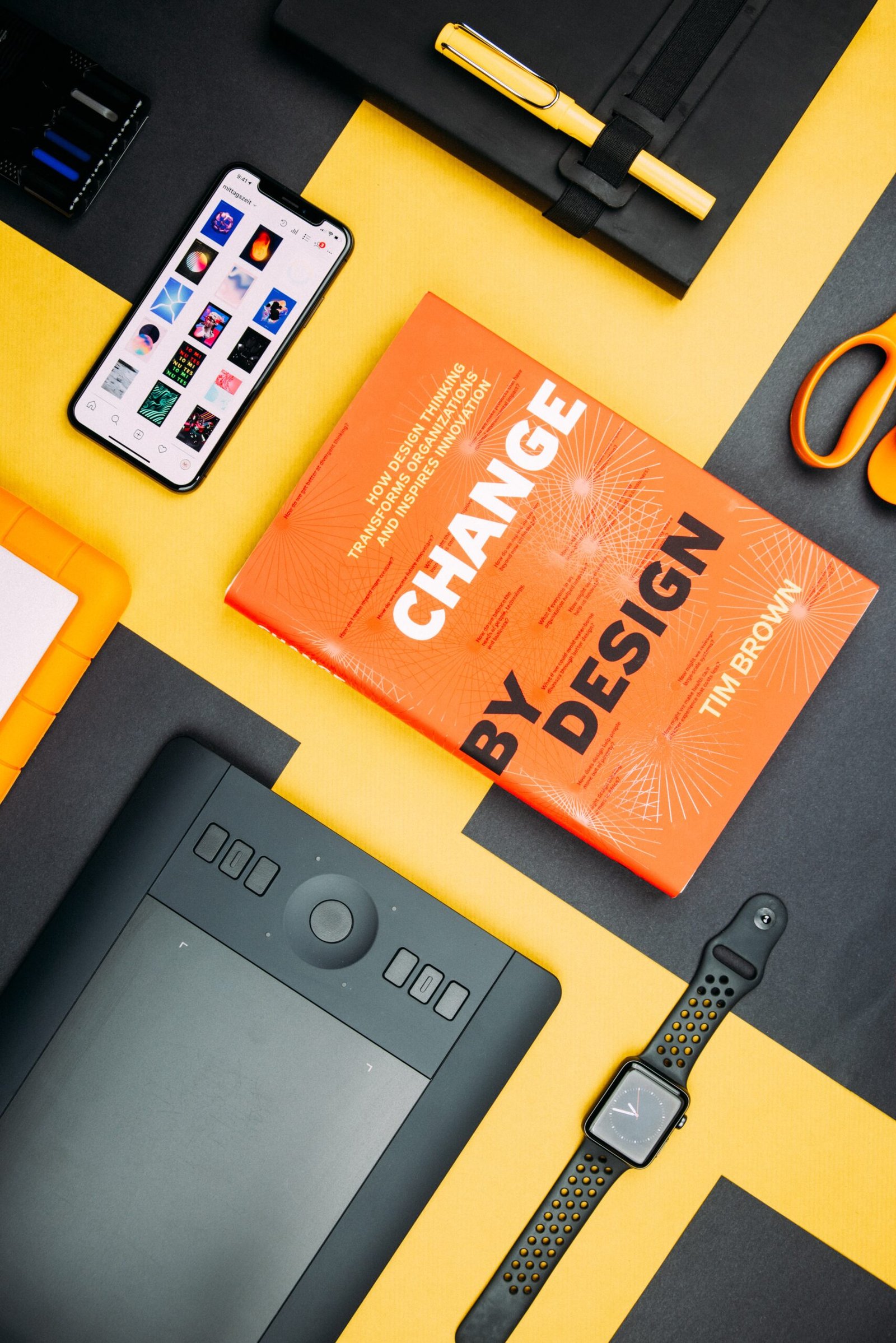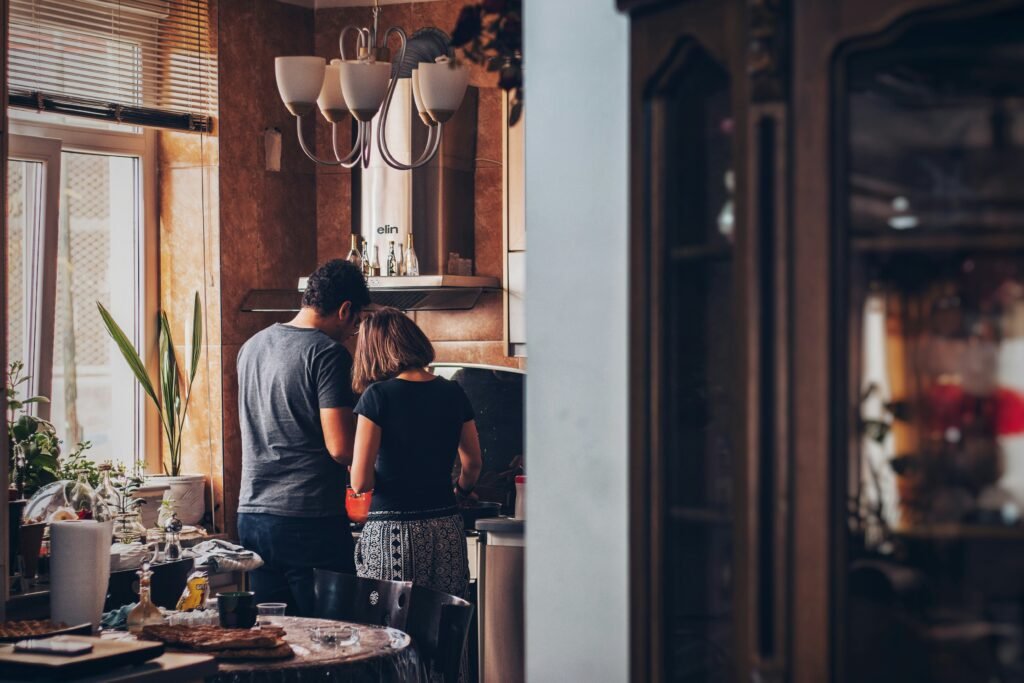
Are you tired of going to the gym and dealing with crowded spaces, expensive memberships, and long waits for equipment? Look no further! In this article, you will discover some amazing DIY home gym design ideas to transform any space into your very own fitness haven. From repurposing furniture to creating personalized workout zones, these creative ideas will not only save you money but also inspire you to stay motivated and reach your fitness goals in the comfort and convenience of your own home. So, grab your tools and get ready to unleash your inner designer as we explore these innovative and practical home gym ideas.
Find more product like these on Amazon!
Designing Your DIY Home Gym
Having a personal gym right in the comfort of your own home is a dream for many fitness enthusiasts. With a DIY home gym, you have the freedom to design a space that not only suits your exercise needs but also reflects your personal style. In this article, we will guide you through the process of designing your very own DIY home gym. From assessing your space to choosing the right equipment and incorporating inspiring design themes, we’ve got you covered.
Assessing Your Space
Before diving into the exciting world of gym equipment and design, it’s important to assess the space you have available for your DIY home gym. Consider the dimensions of the room or area where you plan to set up your gym and take note of any structural limitations such as low ceilings or uneven floors. This will help you determine the layout and placement of your equipment.
Defining Your Exercise Goals
To create a home gym that truly caters to your fitness needs, take some time to define your exercise goals. Are you primarily focusing on strength training, cardiovascular workouts, or a combination of both? Do you have any specific equipment preferences or workout routines that you want to incorporate? Knowing your exercise goals will guide you in selecting the right equipment for your DIY home gym.
Considering Your Budget
Designing a home gym doesn’t have to break the bank. It’s important to set a budget for your project to ensure that you can create a space that meets your needs while being economically feasible. Consider the cost of equipment, flooring materials, lighting fixtures, and any other design elements you wish to incorporate. With careful planning, you can design a beautiful and functional DIY home gym that fits within your budget.
Choosing the Right Equipment
Once you have assessed your space, defined your exercise goals, and set a budget, it’s time to choose the right equipment for your DIY home gym. Here are some key steps to follow:
Determining Your Equipment Needs
Review your exercise goals and consider the types of equipment that will help you achieve them. For strength training, you may need dumbbells, a barbell, or resistance bands. Cardiovascular workouts can be enhanced with a treadmill, stationary bike, or rowing machine. Take into account the space you have available and choose equipment that fits comfortably within your DIY gym.
Researching Equipment Options
With a vast array of gym equipment available on the market, it’s essential to do some research before making any purchases. Read reviews, compare prices, and consider the quality and durability of the equipment. It’s also helpful to speak with fitness professionals or friends who have experience with home gyms for recommendations. By researching your options, you can make informed decisions and select equipment that will stand the test of time.

This image is property of images.unsplash.com.
Inspiring Design Themes
Now that you have your equipment selected, it’s time to think about the design of your DIY home gym. The aesthetic appeal of the space can greatly enhance your motivation and overall experience. Here are three inspiring design themes to consider:
Industrial Chic
Embrace the raw beauty of industrial elements by incorporating exposed brick walls, metal accents, and reclaimed wood. Industrial lighting fixtures and vintage gym equipment can add a nostalgic touch. This design theme is perfect for those who appreciate a rugged and edgy aesthetic.
Nature-Inspired Haven
Create a serene and calming atmosphere by incorporating nature-inspired elements into your DIY home gym. Natural wood finishes, lush plants, and large windows can connect you with the outdoors and create a soothing ambiance. This design theme is perfect for those who seek tranquility and rejuvenation during their workouts.
Minimalist Zen Retreat
For those who prefer a clean and clutter-free space, a minimalist Zen retreat design theme is ideal. Simplistic furniture, neutral colors, and clean lines can create a sense of calm and focus. This design theme promotes a distraction-free environment, allowing you to concentrate on your workouts and achieve inner peace.
Storage and Organization
An organized gym space not only enhances its functionality but also adds to the overall aesthetic appeal. Here are some tips for storage and organization in your DIY home gym:
Clever Storage Solutions
Consider investing in storage solutions such as wall-mounted racks or overhead shelving for storing equipment, towels, and other accessories. Utilize storage bins or baskets to keep smaller items organized and easily accessible. Make use of hooks or pegboards to hang resistance bands, jump ropes, or yoga mats, keeping them within reach but out of the way.
Utilizing Vertical Space
If you have limited floor space, make use of vertical space by installing wall-mounted storage units or shelves. This will help maximize the usable area in your DIY home gym while keeping the floor uncluttered. Vertical storage is also a great option for displaying motivational quotes, artwork, or personal achievements.
Designing Custom Racks and Shelves
If you have some DIY skills, consider designing custom racks or shelves to suit your specific needs. For example, you could build a rack specifically for yoga mats or create a shelving unit with compartments for different weights. Customized storage solutions allow you to optimize every inch of your DIY home gym while adding a personal touch.

This image is property of images.unsplash.com.
Lighting and Colors
Proper lighting and the right choice of colors can greatly impact the ambiance of your DIY home gym. Consider the following factors when designing the lighting and color scheme:
Optimal Lighting for Workouts
Good lighting is crucial in a home gym to ensure safety and enhance visibility during workouts. Natural light is ideal, so try to position your gym area near windows if possible. If natural light is limited, consider installing bright overhead lights or adjustable task lighting. Adequate lighting will not only make your gym space more functional but also create an energizing and inviting atmosphere.
Choosing Energizing Colors
When choosing colors for your DIY home gym, opt for shades that promote energy and vitality. Bright colors like red, orange, or yellow can create a stimulating environment and increase motivation. Consider using these energizing colors as accents or in wall paint to add an extra boost to your workouts. Additionally, incorporating your chosen design theme’s color scheme can create a cohesive and visually appealing space.
Incorporating Mirrors and Glass
Mirrors and glass can be wonderful additions to your DIY home gym, providing both aesthetic and practical benefits. Here’s how you can make the most of them:
Enhancing Visual Space
Mirrors are excellent for creating the illusion of a larger space. By strategically placing mirrors on the walls, you can make your DIY home gym feel more spacious and open. Mirrors also reflect light, enhancing the overall brightness of the room. Consider installing full-length mirrors or mirrored wall panels to maximize the visual space in your gym.
Boosting Natural Light
If your DIY home gym lacks natural light, incorporating glass elements can help brighten up the space. Consider installing glass doors or large windows to allow natural light to flood into the gym. Not only will this create a more inviting atmosphere, but it will also provide a connection to the outside world, making your workouts feel more refreshing and enjoyable.

This image is property of images.unsplash.com.
Flooring Considerations
The right flooring is essential for a DIY home gym that is safe, comfortable, and functional. Consider the following factors when choosing suitable flooring materials:
Choosing Suitable Flooring Materials
For most home gyms, it’s important to choose flooring materials that are durable, shock-absorbent, and easy to clean. Rubber mats or interlocking foam tiles are common choices and provide excellent cushioning for workouts. If you prefer a more upscale option, hardwood or vinyl flooring can add a touch of elegance to your DIY home gym.
Ensuring Safety and Comfort
Safety should be a top priority when selecting flooring for your gym. Ensure that the flooring is slip-resistant, especially if you will be performing exercises that involve jumping or moving quickly. Additionally, consider the comfort of your joints and muscles during workouts. Look for flooring materials that offer sufficient shock absorption to prevent injuries and reduce strain on your body.
Soundproofing and Acoustics
Creating a peaceful and quiet environment in your DIY home gym is essential for a distraction-free workout experience. Consider the following tips for soundproofing and acoustics:
Reducing Noise Disruption
Gym equipment can generate noise that may disturb other household members or neighbors. To minimize noise disruption, consider using rubber mats or noise-dampening materials underneath heavy equipment. You can also strategically position your gym away from shared walls or bedrooms. Another option is to invest in noise-canceling headphones or a sound system that allows you to enjoy your workout music without disturbing others.
Enhancing Audio Experience
On the other hand, if you enjoy listening to music or following workout classes, enhancing the acoustics of your DIY home gym can greatly improve your audio experience. Consider using acoustic panels or sound-absorbing materials on the walls to reduce echoes and create a more immersive sound environment. A high-quality sound system can also add to the overall enjoyment of your workouts.
Multi-functional Spaces
If you have limited space in your home, consider creating a multi-functional gym that can serve other purposes. Here are two ideas for combining your DIY home gym with other areas:
Combining Gym with Home Office
If you work from home or require a dedicated office space, consider combining your DIY home gym with a home office. By sharing space, you can optimize the use of a room and eliminate the need for separate areas. Use room dividers or furniture placement to create a clear distinction between your gym and office zones. This way, you can conveniently switch between work and workout mode without sacrificing functionality or style.
Creating a Relaxation Corner
After an intense workout, it’s important to have a space where you can unwind and relax. Consider creating a relaxation corner within your DIY home gym. Place a comfortable chair or a cozy seating area where you can stretch, meditate, or simply enjoy some post-workout tranquility. Adding elements like aromatherapy diffusers, soft lighting, and calming artwork can enhance the ambiance and promote relaxation.
Personalizing Your Home Gym
To make your DIY home gym truly unique and personalized, consider adding personal touches and design elements that motivate and inspire you. Here are a few ideas:
Motivational Artwork and Quotes
Hang artwork or quotes that inspire and motivate you to push through your workouts. Choose images or words that resonate with your fitness goals and aspirations. These visual reminders will serve as a constant source of inspiration and keep you motivated, even on the toughest days.
Incorporating Plants and Greenery
Adding plants and greenery to your DIY home gym can bring life and freshness to the space. Plants not only improve air quality but also create a calming and serene atmosphere. Choose low-maintenance plants that can thrive in the gym’s lighting conditions, such as snake plants or pothos. Incorporating nature into your gym will help you feel more connected to the environment and promote a sense of well-being.
With these comprehensive guidelines, you are now well-equipped to design a DIY home gym that suits your needs and reflects your personal style. Assess your space, define your exercise goals, and select the right equipment. Choose an inspiring design theme, optimize storage and organization, and create a well-lit and personalized workout space. By following these steps, you’ll be one step closer to achieving your fitness goals in the comfort of your own home. Happy designing!

